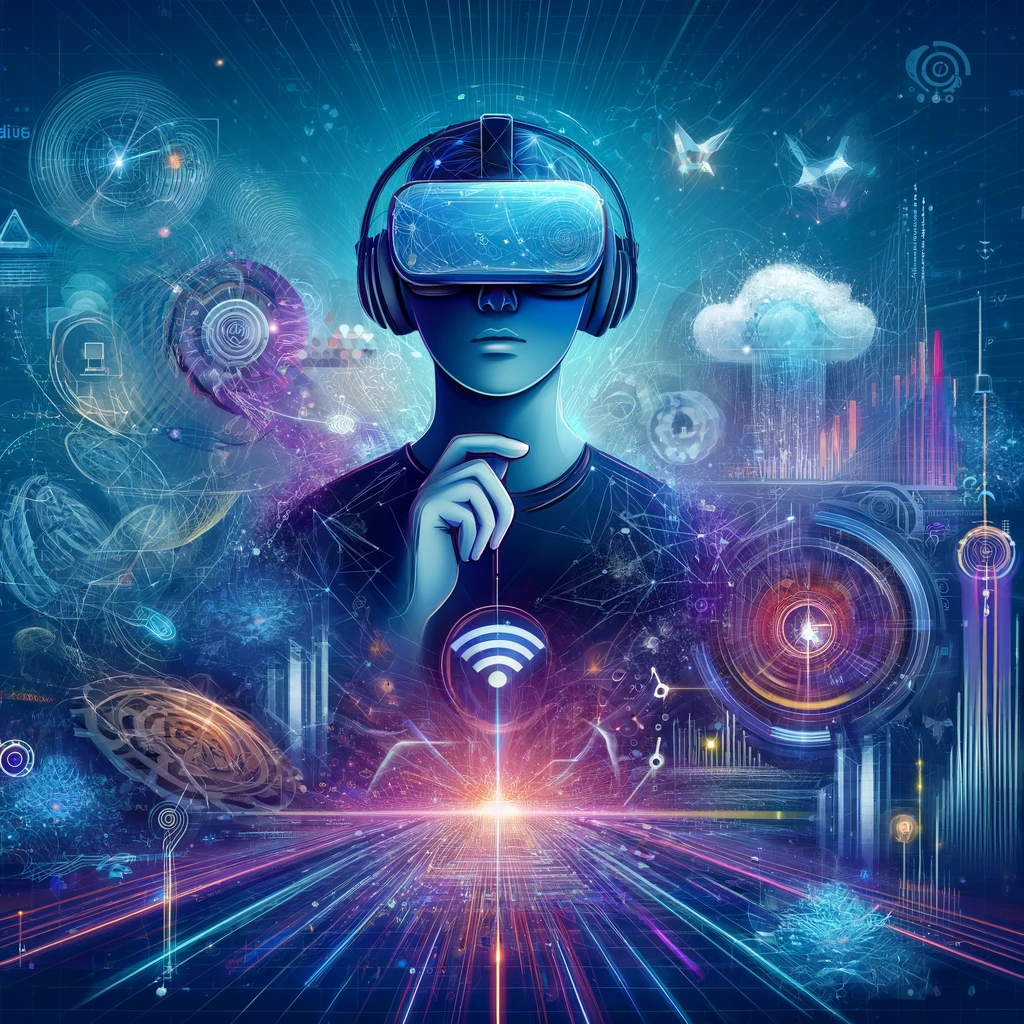Virtual Reality (VR) and the Internet: How Faster Speeds Enable More Immersive Experiences
Virtual Reality (VR) has revolutionized the way we experience digital content, offering immersive environments that blur the line between the physical and virtual worlds. As internet speeds continue to increase, VR with high-speed internet becomes even more compelling, enabling more engaging and interactive experiences. This article explores how faster internet speeds are enhancing immersive VR experiences and what this means for the future of digital interaction.
The Role of Internet Speed in VR
The quality and immersion of VR experiences heavily depend on the speed and stability of the internet connection. Higher speeds and lower latency are crucial for several reasons:
Smooth Streaming: Faster internet speeds allow for high-definition VR content to be streamed without buffering, ensuring a seamless experience. This is particularly important for live VR events, such as virtual concerts or sports games, where any lag can break the sense of immersion. Learn more about how internet speeds affect VR streaming.
Real-Time Interactivity: Low latency is essential for interactive VR applications. In multiplayer VR games or collaborative virtual workspaces, a delay of even a fraction of a second can disrupt the experience and make interactions feel unnatural. Explore low latency in VR.
High-Quality Graphics: VR environments with high-resolution textures and detailed graphics require significant bandwidth. Faster internet speeds enable the download and streaming of these rich visual assets, enhancing the realism and immersion of VR worlds. Check out how bandwidth impacts VR graphics.
Cloud-Based VR: As cloud computing technology advances, VR applications are increasingly moving to the cloud. This shift allows users to access VR content without the need for high-end hardware, as the processing is done remotely. High-speed internet is essential to make cloud-based VR viable, as it relies on fast data transfer between the user and the server. Discover cloud-based VR.
Applications of VR with High-Speed Internet
The combination of VR and high-speed internet is opening new possibilities across various sectors:
Entertainment: The entertainment industry is leveraging VR to create immersive experiences that transport users to different worlds. From virtual concerts and theaters to interactive theme parks, faster internet speeds are enabling more dynamic and engaging content. Read more about VR in entertainment.
Education: VR is transforming education by providing virtual field trips, interactive lessons, and simulations that enhance learning. Students can explore historical sites, conduct virtual science experiments, and practice real-world skills in a controlled, immersive environment. Learn about VR in education.
Healthcare: In healthcare, VR is used for training medical professionals, conducting virtual consultations, and even treating patients through exposure therapy. High-speed internet ensures these applications run smoothly, providing reliable and effective solutions. Explore VR in healthcare.
Work and Collaboration: Virtual workspaces are becoming more common, allowing remote teams to collaborate in a shared virtual environment. High-speed internet makes it possible to interact in real-time, share large files, and work together seamlessly, regardless of physical location. Discover virtual workspaces.
Tourism: The travel industry is using VR to offer virtual tours of destinations, hotels, and attractions. Potential travelers can explore locations before booking, enhancing their decision-making process. Faster internet speeds ensure these tours are detailed and realistic. Check out VR in tourism.
The Future of VR and Internet Speeds
As internet infrastructure continues to improve, with advancements like 5G and fiber-optic networks, the potential for VR will only grow. These technologies promise to deliver unprecedented speeds and ultra-low latency, making highly immersive VR experiences more accessible and enjoyable.
Looking ahead, we can expect VR to become even more integrated into our daily lives, transforming how we work, learn, and play. The combination of VR and faster internet speeds will drive innovation, creating new opportunities and pushing the boundaries of what is possible in the digital realm.
Conclusion
The synergy between VR and high-speed internet is unlocking new levels of immersion and interactivity. As internet speeds continue to climb, the quality and accessibility of VR experiences will improve, opening up exciting possibilities across various fields. Whether for entertainment, education, healthcare, or work, the future of VR is bright, and faster internet speeds are key to its continued evolution.
For more on related topics, check out our articles on The Role of High-Speed Internet in Remote Work and The Impact of 5G on Internet Connectivity.




